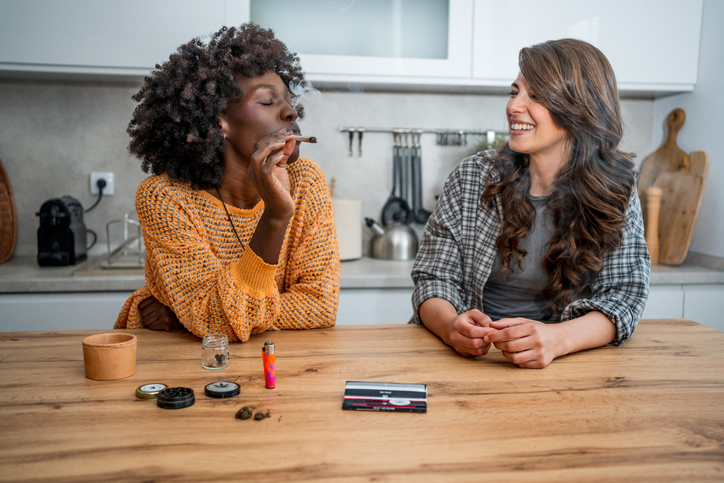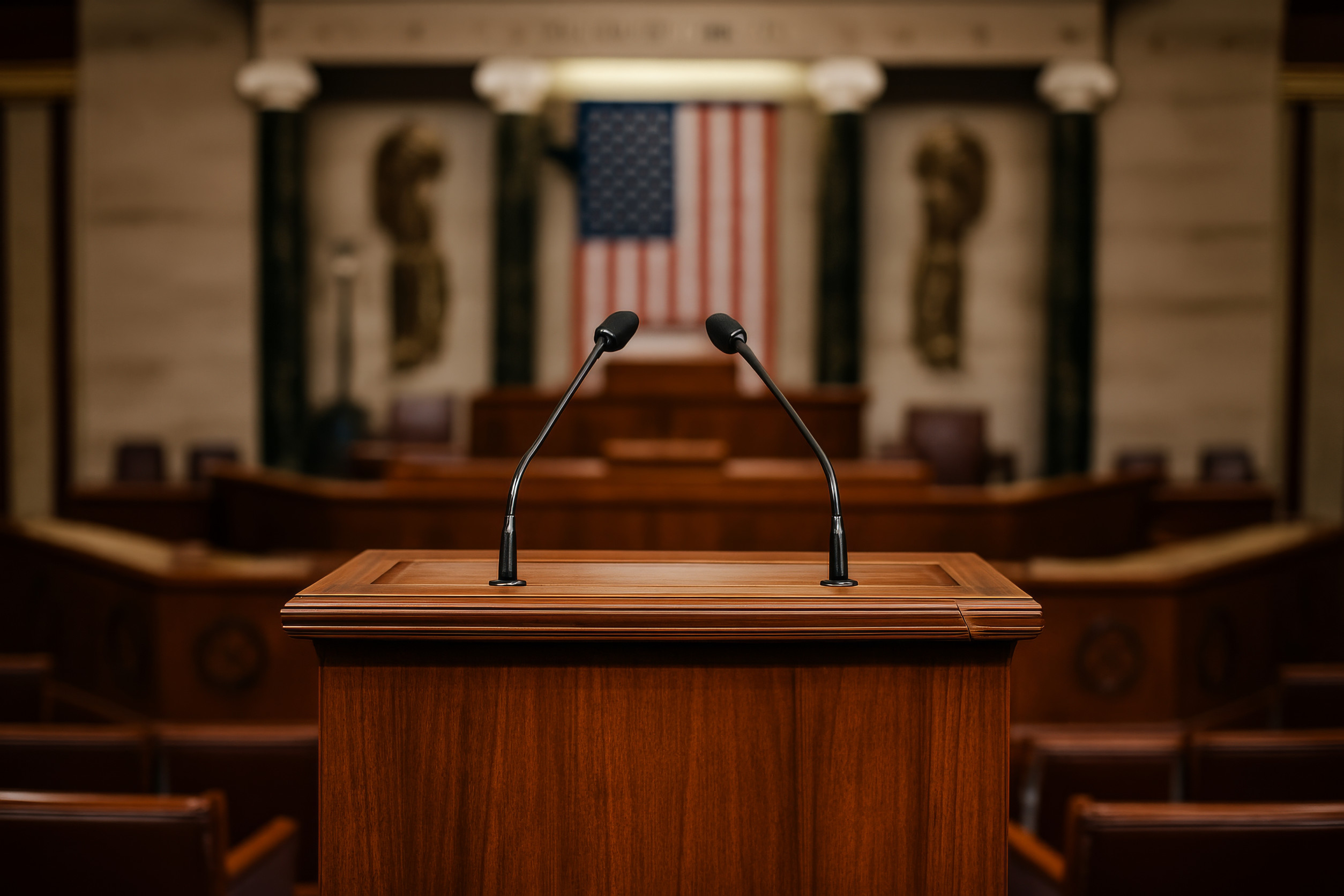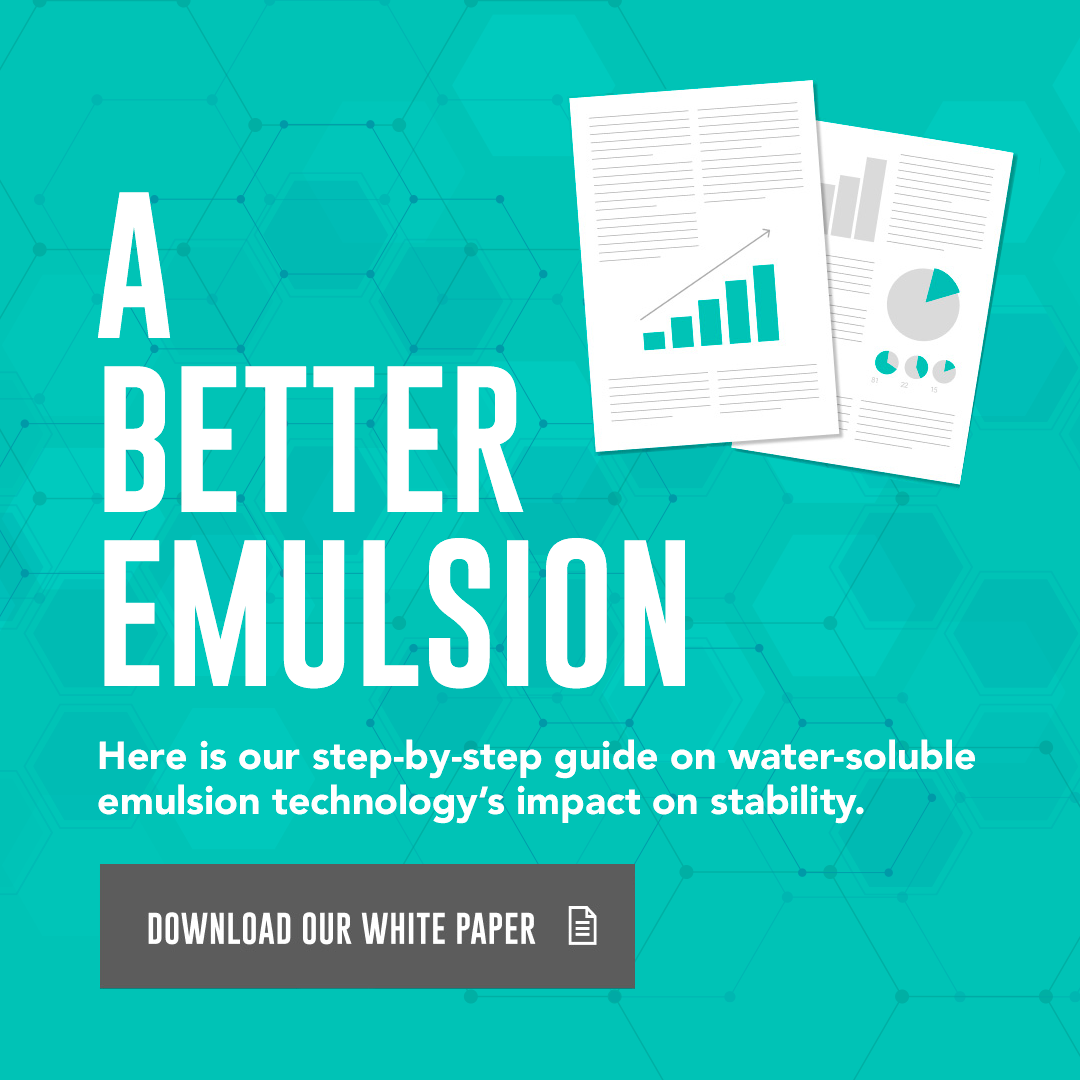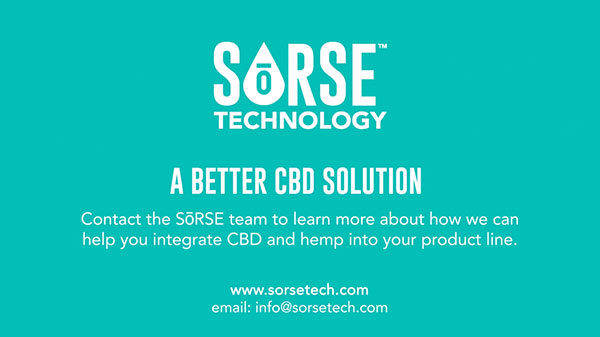Imagine a hosting a BBQ on a hot summer day five years from now. Parched, you open the cooler to find beers, sodas, and an assortment of distinctively-bottled CBG beverages. On the table, there’s a shaker of CBD-infused salt. And for dessert, S’mores with homemade marshmallows containing a few milligrams THC-V each, for the grown-ups only.
This is one possible future, one on which many in the cannabis industry are betting their energy and resources. Alcohol has some negative effects: It can make people short-tempered, can impair coordination and decision-making, and it can be extremely addictive. What if there was an alternative that offered healthy relaxation without all the downsides?
The emerging cannabis user is often averse to smoking (and with vapes dealing with some major PR concerns at the moment, their future is uncertain). In the near future, consumption methods that feel clean and healthy will occupy a much larger part of the commercial space than they do today. Non-intoxicating, multiply-therapeutic topical applications are also poised to take off. Cannabinoids will become standard ingredients in many over-the-counter medicines, from ointments to cough drops.
This is not to say that there aren’t huge challenges. Both cannabis and alcohol make you feel relaxed, but in different ways. If you think alcohol tastes bad, you should try cannabis extracts — their bitterness is off the charts! How do we overcome delayed onset? Safety concerns? The answer to this is, : where there’s a will, there’s a way. Human beings’ attempts to make alcohol more palatable created an entire field: mixology. CBD’s move into grocery stores and pharmacies portends a mindset change, and it’s likely that this gentle, non-intoxicating cannabinoid will be the wedge that opens consumer minds to the cannabis pharmacopeia. Here at SōRSE we are already making progress on the main hurdles to convenient, normalized cannabis use. Don’t think about what can be done now; think about what you want the end product to be and overcome the challenges to make it happen.
At the moment, however, cannabis innovation is outpacing regulation, leaving both consumers and producers in a risky limbo. Synthetic cannabinoids may offer a parallel route to legal consumption without the massive resource sink of farming. Novel analogs could sidestep the regulatory battles altogether, traveling the drug approval route instead. But make no mistake, CBD regulation is coming. It could happen in two years or five, but it won’t be long before there will be some manner of product safety and efficacy enforcement for hemp’s star cannabinoid.
Will the regulatory framework expand to include THC? Perhaps. If it does, we can expect to see a similar shift to less intense, more palatable form factors. Despite the presence of many chic, low-dose options, the THC market is currently driven by one metric: milligrams per dollar. Now, the question for the THC business is,: Can you develop products for today’s market while planning for tomorrow’s?





